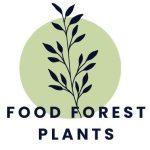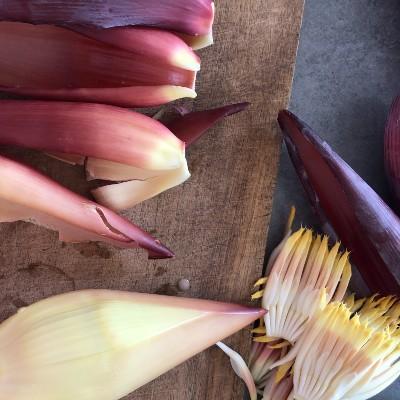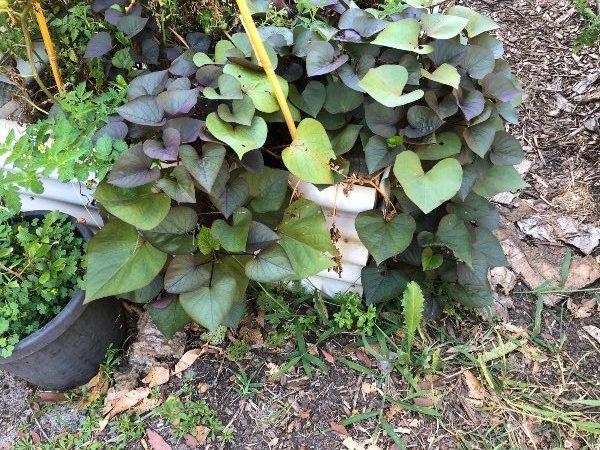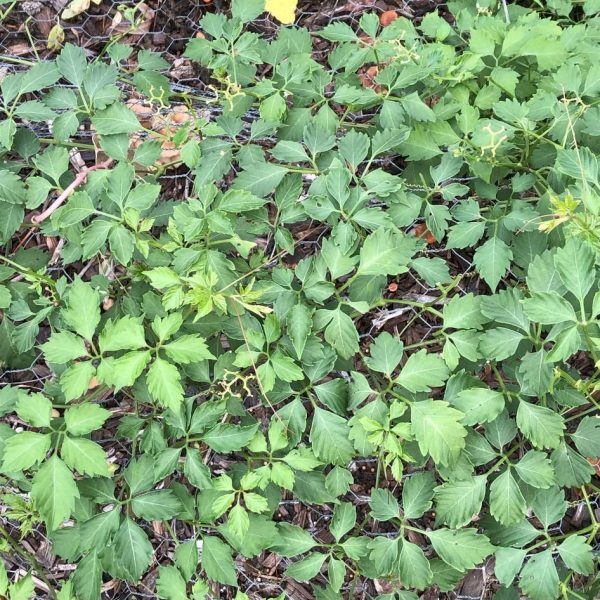
Australian native plants are wonderful and deserve to be protected and planted. Now, this is a compulsory statement in Australia. If you speak against the “natives”, you will attract strong criticism from the people who “do the right thing”. The word “dogmatic” comes to mind – that “I am right” attitude mixed with resistance to questioning it.
So, let’s have a look at Australian natives in a pragmatic way. How useful are they for improving the soil and for the food production? What advantages and disadvantages do they have?
Firstly, the Australian landscape contains amazingly resilient ecosystems which are geared towards survival. They can be burned or flooded and they will regrow again. They can be decimated by a severe drought and then become alive again after the rain.
It comes at a cost, though. There is much more poverty and sickness in them than, let us say, in the European natural forests, which I am very familiar with.
I can look at a plant and see whether it’s thriving or not. There are some trees in natural European forests (not the same-age plantations) that die of old age or younger trees that die by being shaded out. They die faster, the rot proceeds quicker, the rotten timber on the forest floor soon turns into humus. Even the autumn leaves which covered the ground so thickly in the autumn are nearly gone in summer.
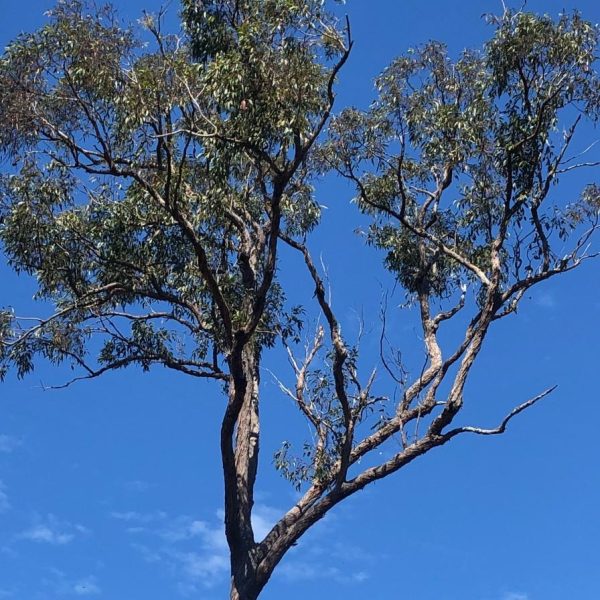
Australian ecosystems are different. When you look at any gum tree, you can see signs of past struggles. You could sum it up by saying that most of the trees are half dead. Yet, they refuse to die! There are always new shoots sprouting from the tangled, half rotten mess, again and again.
The “timber getters” in colonial Australia would do only selective logging. They could see that most of the trees did not have useful timber. They came and went, and they would not come back again – the returns were poor.
In some way, the Australian bush is very beautiful to look at. The shapes of branching, leaves or flowers are quite geometrical. Apart from rainforests, the bush has always a feeling of spaciousness, you can see through it a little bit. It also means there is no real shade in the middle of the day. The eucalyptus leaves are hanging down, so they cast no shade when the Sun is high. Just when you need some shade. You – or the plants underneath.
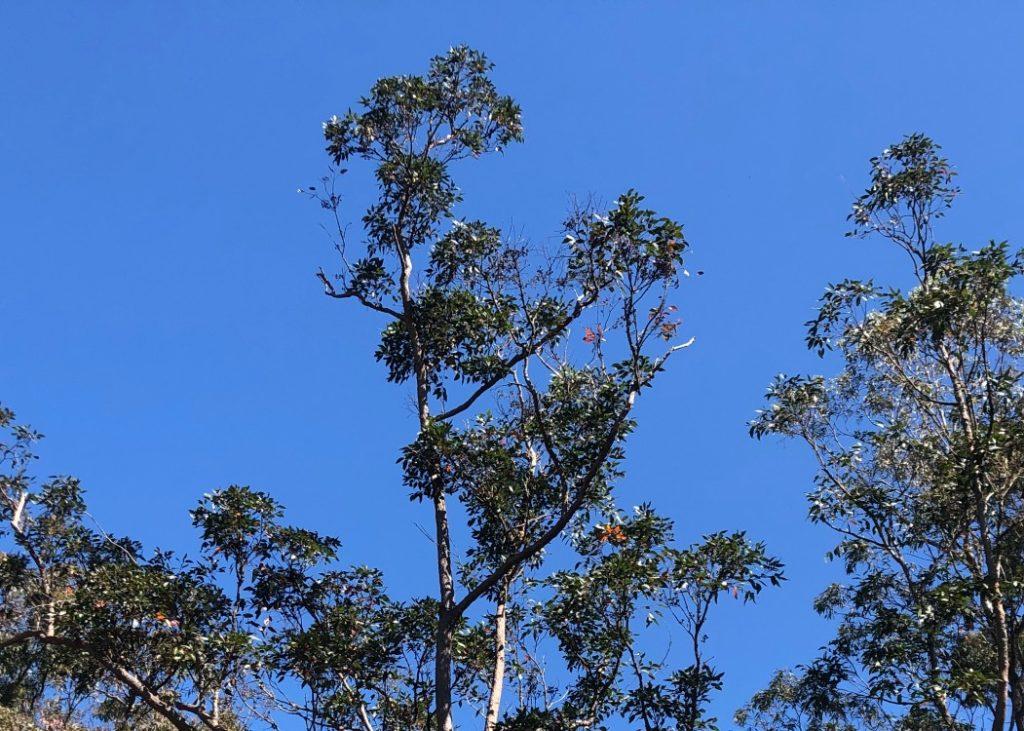
If you decide to leave the path and walk through the bush, you understand what the word “bush-bashing” means. It’s really hard going. In the same manner the living trees refuse to die, the dead timber refuses to rot. It just accumulates year after year, until the next fire cleans the bush up.
Or does it, really? The little twigs and all the old leaves burned away, true. However, often the flames scorch the canopy leaves, a couple of days after the fire the dead leaves fall down. The trees produce copious clusters of new shoots. In one year time, 70% of these shoots die (they were too crowded) and ground is getting covered with small sticks again. This process of overproduction of small sticks continues. This is the regulation of growth in Australian bush: after the rain an abundance of new shoots is created, in drought or in hot summer, these shoots are discarded to save water. So there is more and more mess on the forest floor, which will fuel the next fire.
Yes, you could say that fire replaces the rotting process and returns the nutrients into the soil. Yes, there is always a flush of growth after the fires. The ashes are a kind of fertiliser. However, how efficient is it? How many nutrients go up in flames and smoke? How many are washed away by the rain into the rivers and lakes? You do the maths. There are two reasons why the Australian soils are so poor: 1. Old continent. 2. Fires. Which one matters more? You decide.
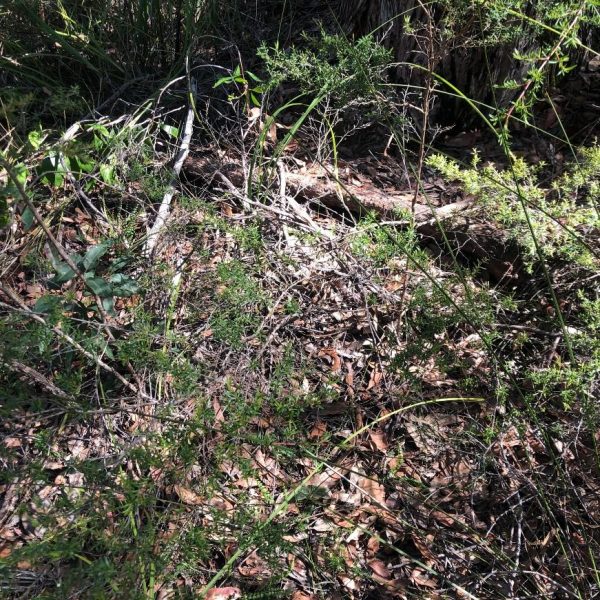
Leaves of many natives are flammable. They have volatile oils, wax coating, resins and other substances which protect them against the harsh sun. They are also antifungal, antibacterial, anti-whatever… simply they don’t want to be eaten. 😉
Haha! I saw these trees in India years ago, they looked like gum trees, smelled like gum trees, yet… I was not sure. Then I realised: every leaf was perfect. No damage whatsoever. Try to find one undamaged, perfectly shaped Eucalyptus leaf in Australia!
Once a leaf falls down, these antiseptic substances leach into the soil, killing soil life and interrupting the soil building process.
So, these would be my two objections against most of the native plants: they set back ecosystem maturation through fires and slow down nutrient recycling in the soil.
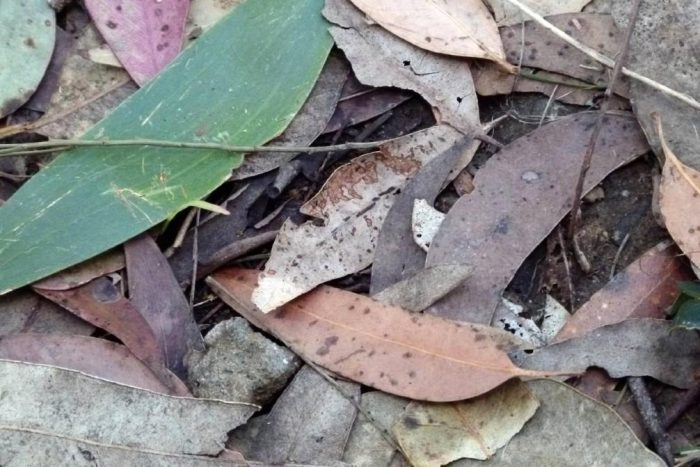
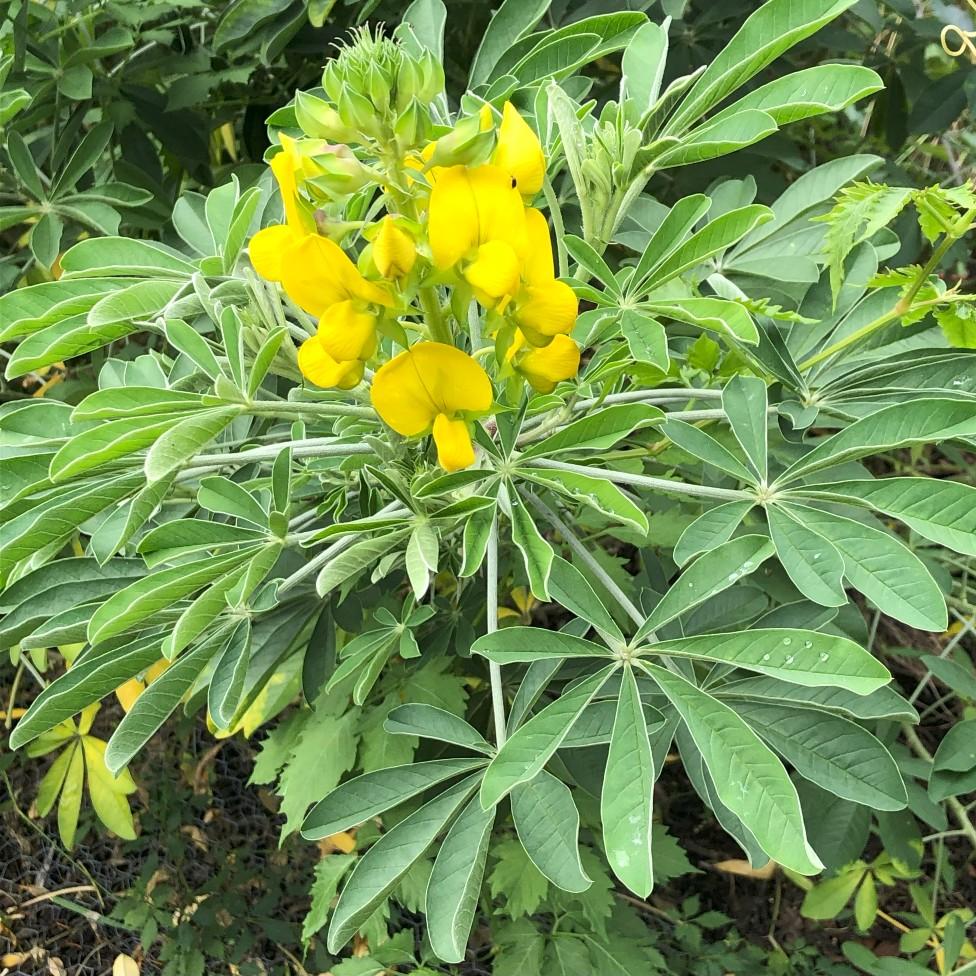
Now, let’s move on. Another compulsory statement: Weeds are bad and need to be eradicated or, if that is not practical, at least controlled. In contrary to the first compulsory statement, this one is even enshrined in legislation. You could be severely fined for not controlling weeds on your land. So, the stakes are higher here than with the natives. Well, let’s ask the same questions: how do weeds influence the soil? Are they useful or just a nuisance?
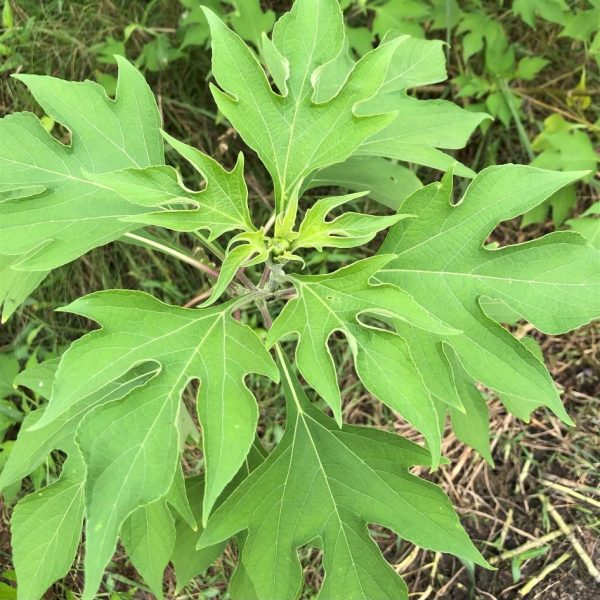
First, what is a weed? Weeds are very successful colonisers. They have a competitive edge against other plants around them so they tend to take over. They may be more resilient, more vigorous, more poisonous or more prolific.
What is function of weeds from nature’s perspective? In natural systems, weeds quickly occupy a newly cleared area – after a bushfire, flood or volcanic eruption. They dominate for some years and then ecosystem evolves to its mature stage: as the trees close the canopy, the weeds become rare.
The agriculture systems are all immature from the ecosystem’s perspective. The shading never happens. The soil is exposed quite often. So the weeds do what they are here for: cover the bare land, bind the nutrients, protect the soil from erosion and create humus. While excluding everybody else. Temporarily. So that’s why the weeds are illegal. The farmer went into a lot of trouble to clear that land. So yes, weeds on the fields are a great problem and will be a big problem given the way we manage them. It’s a big topic and I am not going there because I don’t have any experience with it. You need to know about tillage, monoculture cropping, soil compaction, toxic residues and how it all affects soil life and nutrient availability….
What I do try to use and understand is weeds in a Food Forest. I use weeds as tools. If I believe that one species could get out of hand on my property, I would not use it. If I use one and it’s too aggressive, I will get rid of it. In other words, weeds need to be carefully managed.
My favourite weeds are plants for biomass production. When they are big enough, I chop them to pieces and lay them on the ground (“chop and drop” method) or I put them through the mulcher, leave to rot on a pile and use them for soil improvement in garden beds. I touched on this topic in my blog about Supportive Species. Also, I am sure Nicola will write another blog about specific species that we have an experience with.
I also like multipurpose weeds – for example animal fodder or a building material.
Our favourite weeds are Acacias, which are also natives. They are not flammable/aromatic. Of course they burn, but they don’t fuel the fire, they slow it down.
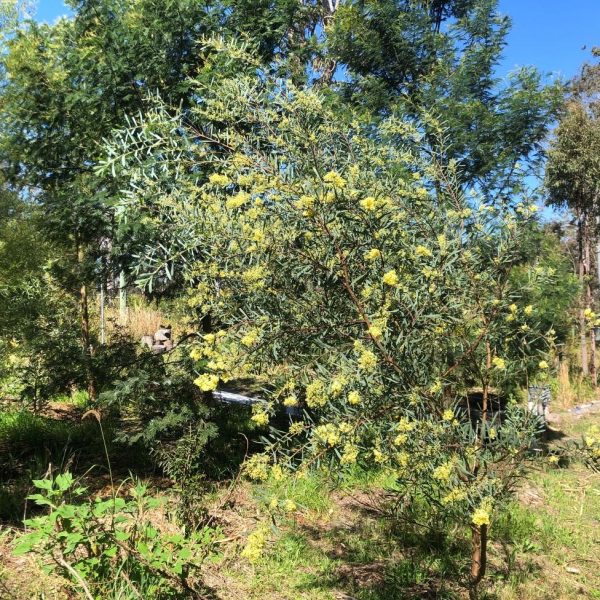
You could criticise me that I am mixing apples and pears and am “barking up the wrong tree”. It is the hot climate, really, that produces flammable sclerophyll vegetation and slows down the growth of decomposing fungi, making the fires unavoidable. Yes, I considered this point. Yet, I still believe that in areas with good water harvesting and soil management strategies the fires are avoidable no matter what the climate is.
I wrote this blog from the point of view of sustainability of food production. I looked at how native vegetation and weeds influence soil fertility. This is my narrow view as a human being living on this planet. At the end of the day we have to eat. And if you grow food, you don’t want to work unnecessarily. You don’t want to miss enjoying your life!
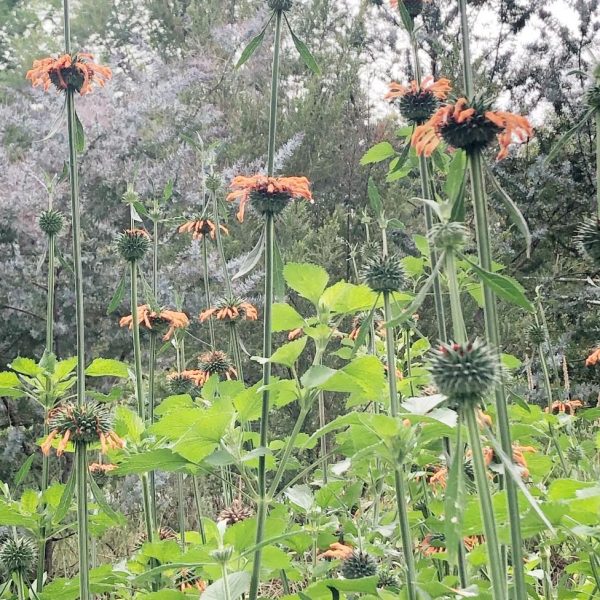
Pictures from top:
Slender Grape Cayratia clematidea
Eucalyptus branching 2x
Forest Floor
Eucalyptus leaves
Crotalaria grahamiana Rattlepod
Tithonia diversifolia Mexican Sunflower
Acacias
Leonotis nepetifolia Klip Dagga
